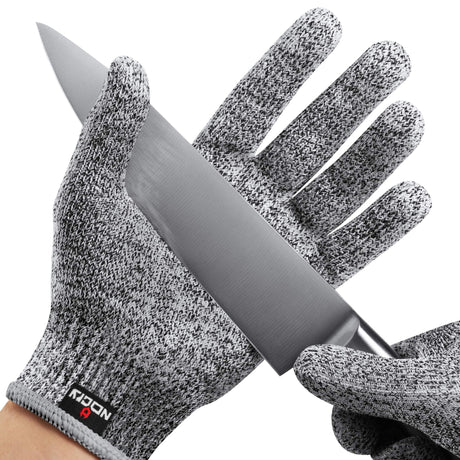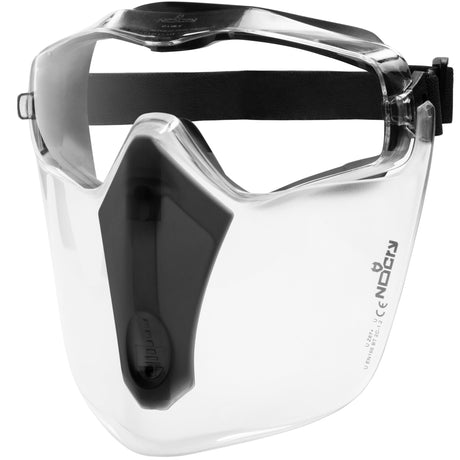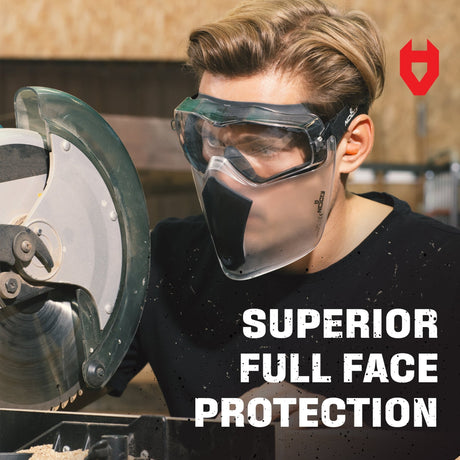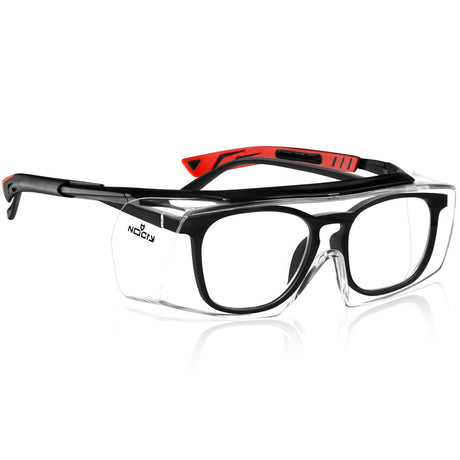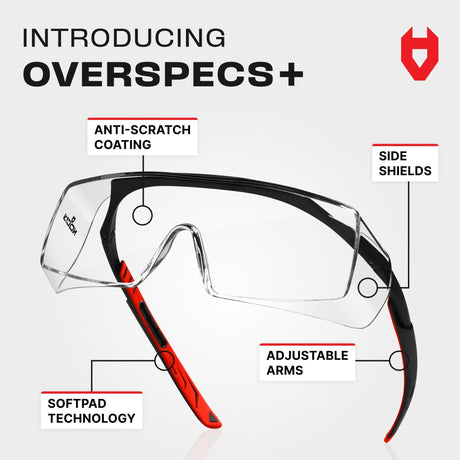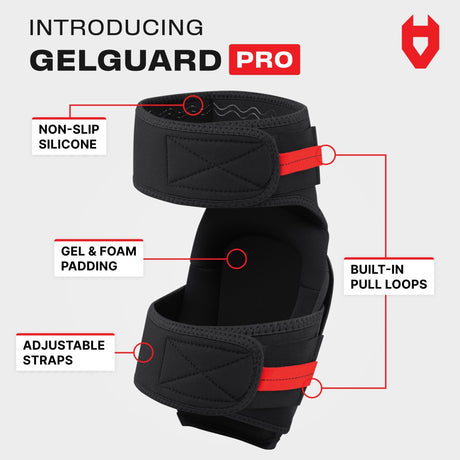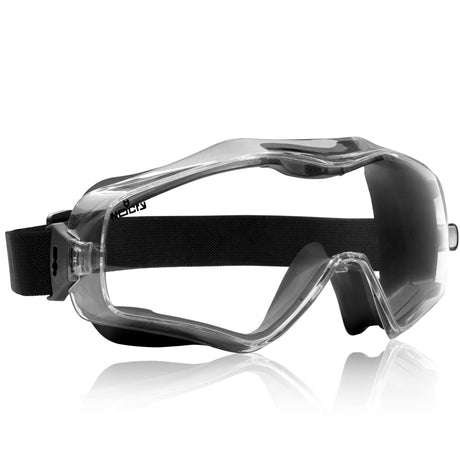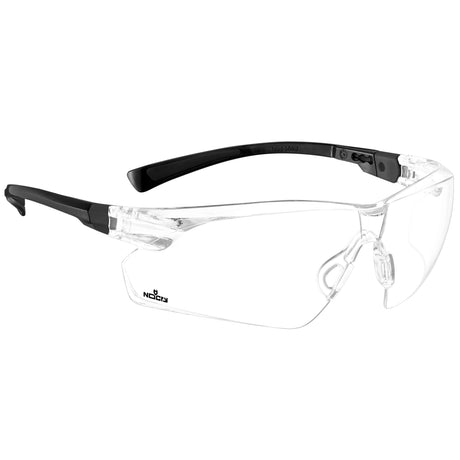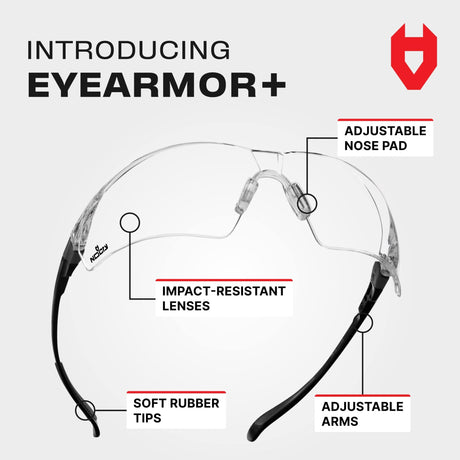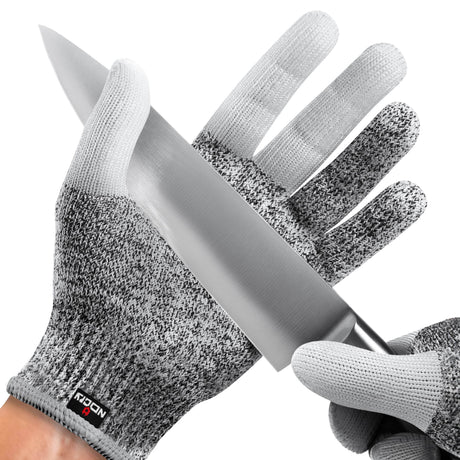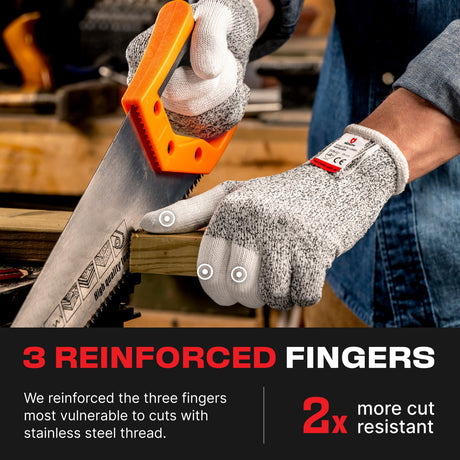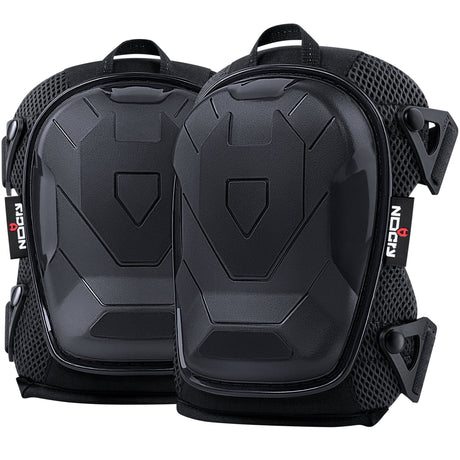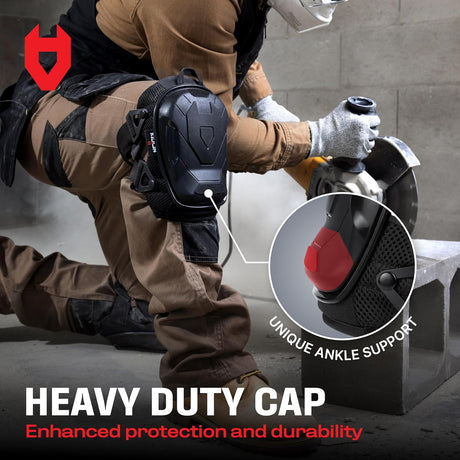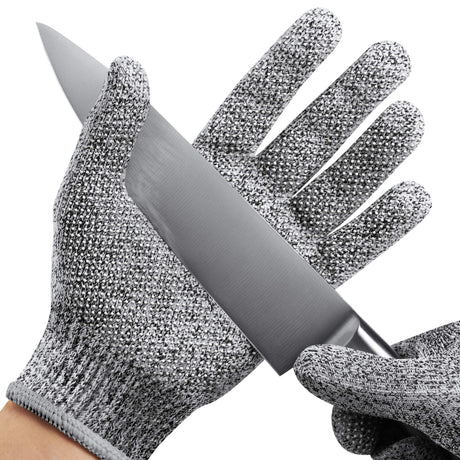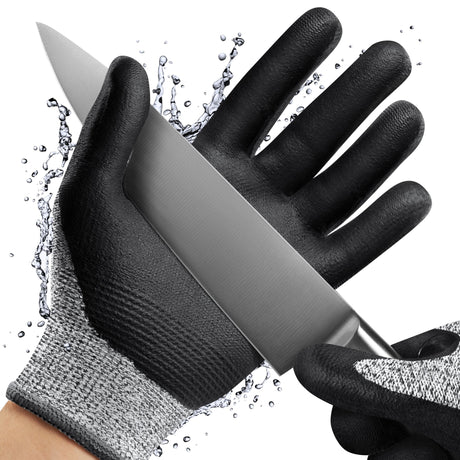Contents
Key Takeaways
- Electrical PPE is legally required for electricians working on energized systems. Not wearing it can result in serious injury—or worse.
- Must-have items include arc-rated clothing, rubber-insulated gloves with leather protectors, safety glasses, and dielectric boots.
- Hand and arm protection should be flame-resistant and rated for electrical work, not just your average work gloves.
- Some PPE is overkill for everyday work and may actually cause heat stress or reduced mobility.
- Always match PPE to the task based on risk assessments, NFPA 70E categories, and OSHA regulations.
What are the electrical hazards?
Electrical hazards include electric shock, burns, arc flashes (sudden bursts of energy from electrical faults), and arc blasts. These risks are common during electrical work like installation, maintenance, or repairs. That’s why wearing the right PPE is so important — it acts as a shield between the worker and dangerous electrical energy, helping to prevent serious injuries.
What PPE training do electricians have to complete?
Electricians must complete OSHA-compliant PPE training that covers how to select, wear, inspect, maintain, and store electrical PPE. Training also includes the limitations of PPE, proper procedures for donning and doffing, and how to respond if equipment is damaged or defective. They must understand the risks of arc flash, shock, and electrical burns, and how PPE reduces these risks.
Both employers and employees share responsibility for PPE safety. Employers must regularly inspect and maintain equipment, while workers must check their PPE before each use and report any damage or defects. Faulty gear should be taken out of service immediately.
Effective PPE use for electrical work includes:
- Choosing the right PPE based on specific hazards and voltage levels
- Layering PPE when needed—such as using face shields with safety glasses or rubber sleeves over insulated gloves
- Following proper donning and doffing procedures to maintain hygiene and avoid contamination
- Storing PPE in a clean, dry place away from damaging conditions like sunlight or chemicals
- Cleaning PPE according to manufacturer guidelines
- Encouraging feedback from workers on fit, function, and comfort
Training should also stress the limitations of PPE — it’s not foolproof and should be seen as the last line of defense. When combined with sound safety practices, PPE can significantly reduce injuries from arc flashes and other electrical hazards.
Regular refresher training keeps safety practices current, helps identify gaps, and ensures that all workers are doing their part to prevent serious incidents. Proper PPE use can reduce injuries — and in some cases, save lives.
What electrical PPE is actually required?
PPE for electrical work is required by OSHA and NFPA 70E any time there’s a risk of arc flash, electric shock, or burns. You must wear:
- Arc-rated clothing (FR shirts and pants or coveralls)
- Insulated rubber gloves with leather protectors
- Hard hat (Class E or G rated for electrical work)
- Dielectric boots or EH-rated safety footwear
- Eye and face protection (safety glasses and arc shields)
According to OSHA guidelines, this gear helps reduce injuries from arc flashes and electric shocks. Anything less, and you’re putting yourself at serious risk.
What’s considered overkill for electrical PPE?
While safety comes first, some electrical safety equipment may be excessive depending on the job. For example:
- Full arc flash suits (Category 4) are unnecessary for most residential or low-voltage commercial work.
- Hot sticks and face shields aren’t required if lockout/tagout has been verified and no live components are exposed.
- Double-layered FR clothing can cause heat stress if not needed for the hazard category.
Overdoing PPE can restrict movement, increase fatigue, and ironically lead to more mistakes.
How do you know what kind of PPE to wear for electrical work?
An arc flash risk assessment based on NFPA 70E determines the proper PPE. You’ll match your gear to the incident energy level and voltage exposure.
Electrical PPE falls into four categories, from basic FR clothing (CAT 1) to full arc suits (CAT 4).
A good rule:
- Low-voltage panels (<240V) = CAT 1 or 2 PPE
- Medium-voltage switchgear = CAT 3 or 4 PPE
What extras are nice but not always needed?
Some gear is great to have, but isn’t always required:
- Voltage-rated tools are a must for live work and optional for de-energized panels.
- Arc-rated face shields are required for CAT 2+ but are optional for CAT 1.
- Balaclavas and hearing protection are recommended for higher-risk work, but are not always worn on basic service calls.
Many experienced electricians on Reddit agree: wear what matches the job, not what looks the toughest.
What type of hand and arm protection should electricians wear?
Electricians need Class 0 or higher rubber insulating gloves tested and rated for handling voltage. Over those, wear leather protective gloves to prevent cuts and abrasions.
Arc-rated sleeves are essential for forearm protection when working in tight panels or energized enclosures. Skip bulky welding sleeves or non-FR material — they can melt or cause burns in an arc flash.
Tip: Gloves should be tested every 6 months and inspected before each use for pinholes, tears, or cracking.
Are knee pads considered part of electrical PPE?
No, knee pads are not classified as electrical PPE under OSHA. However, many electricians use them for comfort and injury prevention, especially in crawl spaces, attics, or low panels. Just ensure they don’t contain metal parts that could conduct electricity. Look for non-conductive, foam-padded designs if you use them around live circuits.
Conclusion
You don’t need to suit up like you’re going into battle for every job, but you need to take electrical hazards seriously. Whether running service calls or wiring a panel, wear the correct PPE for electrical work, test your gear, and ensure it fits the hazard, not just the look.
FAQ
What gloves should electricians wear?
Electricians should wear rubber insulating gloves (Class 0 or higher) with leather protectors. These gloves protect against electric shock and physical abrasion and should match the voltage of the job.
Can you wear cotton under arc-rated clothing?
Yes— natural fibers like cotton or wool are acceptable as base layers. Avoid synthetic materials like polyester unless they’re specifically arc-rated.
Are dielectric boots required for all electrical work?
Not always. They’re recommended when standing on conductive surfaces or when the risk of step potential exists. Most electricians wear EH-rated boots, which offer basic insulation.
What’s the difference between flame-resistant and arc-rated clothing?
All arc-rated clothing is flame-resistant, but not all FR clothing is arc-rated. Arc-rated gear is tested to withstand electrical arc energy, while general FR gear may only protect against flash fires.
What PPE is mandatory when working with live electrical equipment?
As OSHA and NFPA 70E require, you must wear arc-rated clothing, insulated rubber gloves with leather protectors, safety glasses, Class E or G hard hats, and EH-rated boots.







